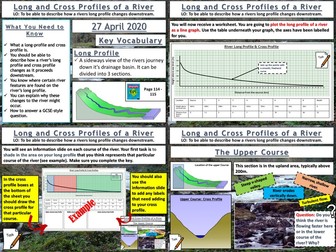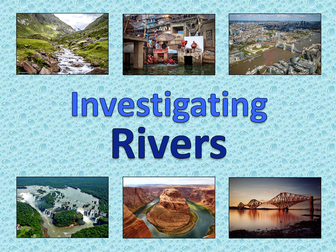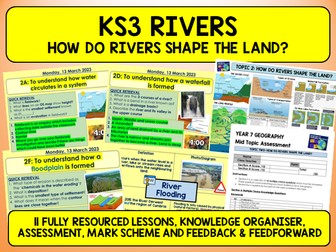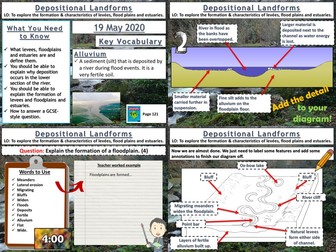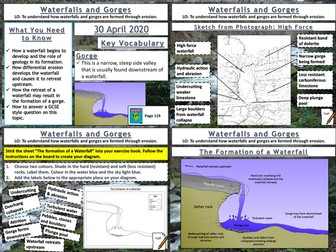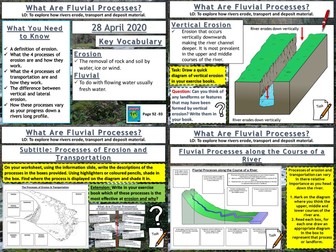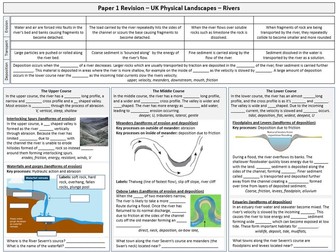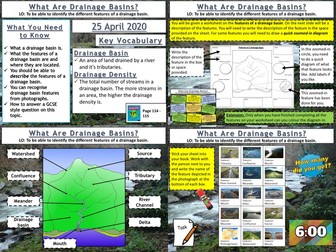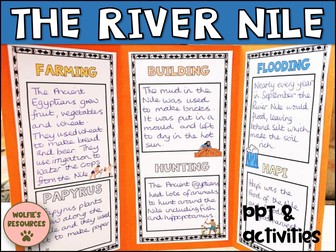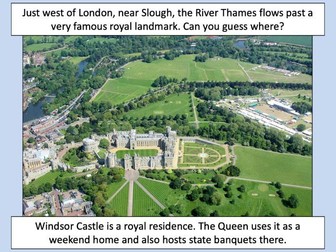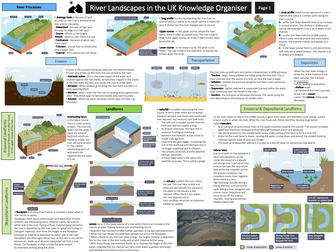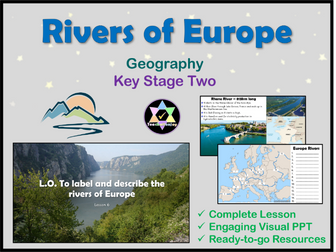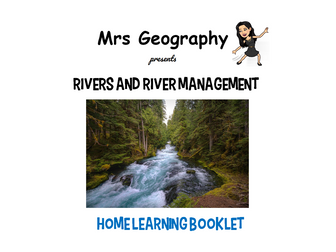Rivers: Long and Cross Profiles of a River
<p>AQA GCSE Geography lesson for the new specification Unit 1C: In this lesson we look at long and cross profiles of a river and how river valleys change shape downstream.</p>
<p>We start with “perfect paragraph”. The pupils read a paragraph describing a drainage basin and they should try to find the errors in the paragraph and what should be added in. We then introduce long profiles, and the pupils will be plotting a long profile of a river on their worksheet. We then look at the upper, middle and lower courses of the river. The pupils shade in these sections on their graph. We complete the worksheet by looking at cross profiles and how river valley shapes change downstream. The pupils create annotated cross sections of the upper, middle and lower courses using the info slides. We finish with a 4 mark GCSE-style question “describe how the shape of a river valley changes downstream”. As always the pupils have some guidance on the question if they need it.</p>
<p>In a nutshell lesson includes:</p>
<p>Perfect paragraph starter.<br />
Long profile plotting exercise.<br />
Cross profile diagram activity.<br />
4-mark GCSE-style question.</p>
<p>Hope this saves you some valuable planning time.</p>
<p><a href="https://www.tes.com/teaching-resources/shop/markthegeographer">https://www.tes.com/teaching-resources/shop/markthegeographer</a></p>
